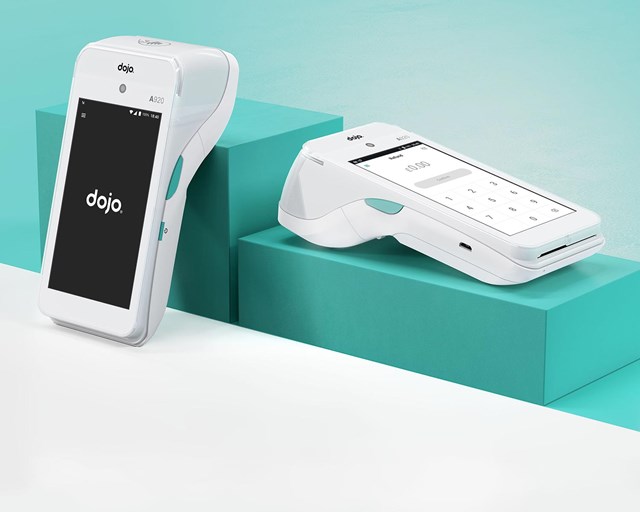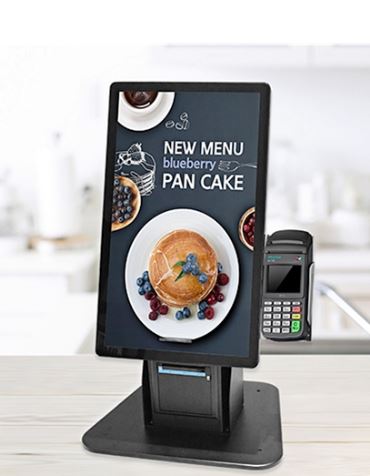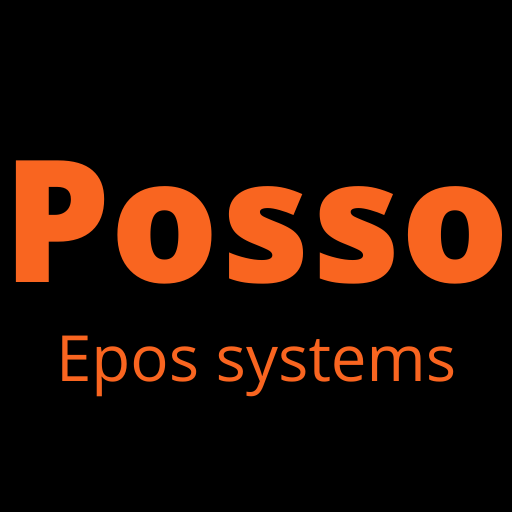Credit Card machine


Posso UK+44 7867597844 Whatsapp the team today
Credit Card Machine
Credit Card Machine Our Booklet
Chapter 1: Introduction to Credit Card Machines
- What is a credit card machine?
- How do credit card machines work?
- The benefits of using a credit card machine for your business
Chapter 2: Setting Up Your Credit Card Machine
- Choosing the right credit card machine for your business
- Setting up the hardware and software for your credit card machine
- Registering your credit card machine with your bank or payment processor
Chapter 3: Accepting Credit Card Payments
- How to process a credit card payment using your machine
- Tips for ensuring successful transactions
- What to do if you encounter problems while processing a payment
Chapter 4: Managing and Maintaining Your Credit Card Machine
- How to clean and care for your credit card machine
- Troubleshooting common issues with credit card machines
- Upgrading or replacing your credit card machine
Chapter 5: Advanced Features of Credit Card Machines
- Using your credit card machine to process other types of payments (e.g. debit cards, gift cards)
- Integrating your credit card machine with your point of sale system
- Utilizing the data and analytics provided by your credit card machine
Chapter 6: Security and Compliance
- Protecting your business and your customers’ data
- Staying compliant with credit card industry standards and regulations
Chapter 7: Conclusion
- Recap of the key points covered in the book
- Final thoughts and next steps for maximizing the use of your credit card machine.
Chapter 1: Introduction to Credit Card Machines
A credit card machine is a device that allows businesses to accept credit and debit card payments from customers. These machines are typically small, portable devices that can be carried around and used at various locations, such as a store counter or a trade show booth. Some credit card machines are also stationary and are designed to be used in a fixed location, such as a restaurant or retail store.
Credit card machines work by connecting to a payment processing network, such as the one operated by Visa or Mastercard. When a customer wants to make a payment using a credit card, they swipe or insert their card into the machine, which reads the card’s information and sends it to the payment processing network for approval. If the payment is approved, the funds are transferred from the customer’s bank account to the business’s account, minus any fees or charges that may apply.
There are several benefits to using a credit card machine for your business. First and foremost, credit card machines allow you to accept a wider range of payment options, which can be convenient for customers and can increase sales. Credit card machines also provide a secure and convenient way to process payments, as they use encryption to protect sensitive financial data and can reduce the risk of fraud. Finally, credit card machines can help you track and manage your sales and financial data, as they can provide detailed reports on transactions and can be integrated with other business systems.
Chapter 2: Setting Up Your Credit Card Machine
Before you can start using a credit card machine, you need to choose the right one for your business. There are several factors to consider when making this decision, including the type of card reader you need (e.g. swipe, chip, or contactless), the type of connection you need (e.g. wired or wireless), and any additional features or capabilities you may want (e.g. receipt printing, data storage, or integration with other systems).
Once you have chosen a credit card machine, you will need to set it up. This typically involves installing any necessary software, configuring the machine’s settings, and registering the machine with your bank or payment processor. The specific steps for setting up a credit card machine will vary depending on the model and manufacturer, so it is important to carefully follow the instructions provided by the manufacturer.
Chapter 3: Accepting Credit Card Payments
Once your credit card machine is set up and registered, you are ready to start accepting credit card payments. The process for doing this will vary depending on the type of credit card machine you are using, but there are some general steps you can follow:
- Greet the customer and let them know you are ready to process their payment.
- Ask the customer which type of payment they would like to use (e.g. credit, debit, or gift card).
- If the customer is using a credit or debit card, ask them to swipe or insert their card into the machine. If the customer is using a gift card, ask them to swipe or scan the card.
- Enter the payment amount into the machine and confirm the details with the customer.
- If the payment is approved, print a receipt for the customer (if the machine has a receipt printer).
- Thank the customer and provide any necessary change or documentation.
There are a few things you can do to ensure successful transactions when using a credit card machine. First, make sure you are familiar with the machine’s features and functions, so you can quickly and efficiently process payments
Chapter 4: Managing and Maintaining Your Credit Card Machine
To keep your credit card machine working properly, it is important to properly manage and maintain it. This includes regularly cleaning the machine, keeping it in good physical condition, and troubleshooting any issues that may arise.
To clean your credit card machine, use a soft, dry cloth to wipe away any dust or debris from the exterior and interior of the machine. Avoid using any harsh or abrasive cleaners, as these can damage the machine’s surface or components. You should also be sure to keep the machine dry, as moisture can cause damage or malfunctions.
If you encounter any issues with your credit card machine, the first thing you should do is check the manufacturer’s manual or website for troubleshooting advice. You can also try restarting the machine or checking the connections to ensure everything is properly connected. If the issue persists, you may need to contact the manufacturer or a repair service for additional assistance.
If your credit card machine is no longer working properly or you are looking to upgrade to a newer model, you may need to replace it. When doing so, be sure to consider the same factors you did when choosing your initial credit card machine, such as the type of card reader, connection, and additional features. You will also need to transfer your account information and settings to the new machine, which may require assistance from your bank or payment processor.
Chapter 5: Advanced Features of Credit Card Machines
In addition to processing credit and debit card payments, many credit card machines also offer a range of advanced features that can be useful for businesses. Some examples of these features include:
- Processing other types of payments: Many credit card machines can also process other types of payments, such as debit cards, gift cards, or electronic checks. This can be convenient for customers who prefer to use these payment methods and can increase sales for your business.
- Integration with point of sale systems: Some credit card machines can be integrated with a point of sale (POS) system, which can help streamline your payment processing and sales management. For example, you can use the POS system to manage inventory, track customer data, and generate reports.
- Data and analytics: Some credit card machines can provide detailed data and analytics on your sales and transactions, which can be useful for tracking performance and identifying trends. This data can be accessed through the machine’s software or through a web portal provided by the manufacturer.
Chapter 6: Security and Compliance
One of the main benefits of using a credit card machine is the security it provides for both your business and your customers. Credit card machines use encryption to protect sensitive financial data and can reduce the risk of fraud. However, it is still important to follow best practices and industry standards to ensure the security and compliance of your credit card machine.
Some things you can do to protect your business and your customers’ data include:
- Ensuring that your credit card machine is up to date with the latest security patches and software updates
- Using strong passwords and regularly changing them
- Protecting your credit card machine from physical tampering or theft
- Properly disposing of old or discarded credit card machines to prevent data breaches
You should also be aware of any industry standards and regulations that apply to credit card machine use, such as the Payment Card Industry Data Security Standard (PCI DSS). Adhering to these standards can help protect your business from legal liabilities and can ensure that you are meeting the expectations of your customers and your payment processor.
Chapter 7: Conclusion
In this book, we have covered the basics of using a credit card machine for your business. We have discussed

